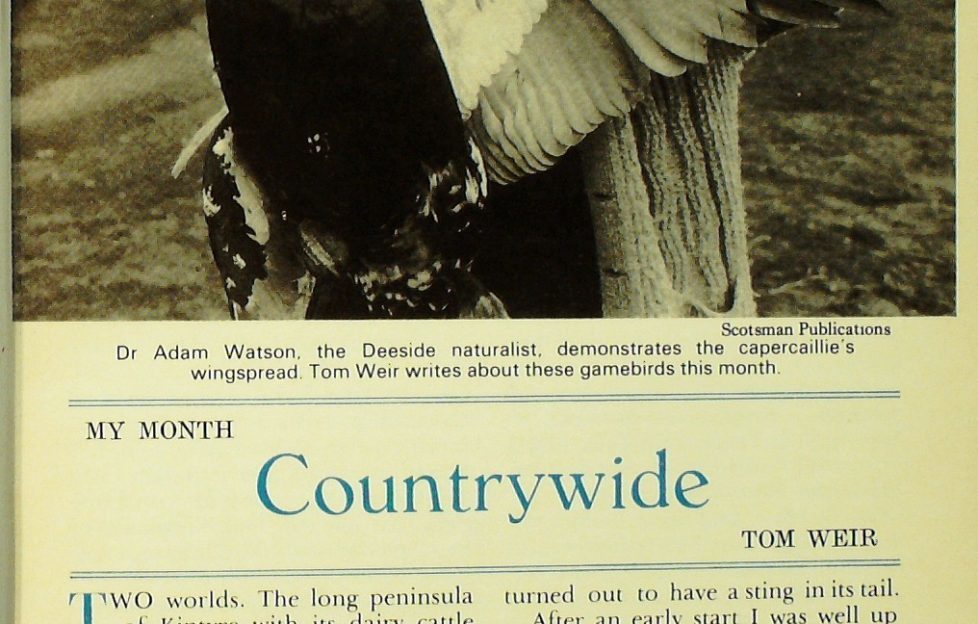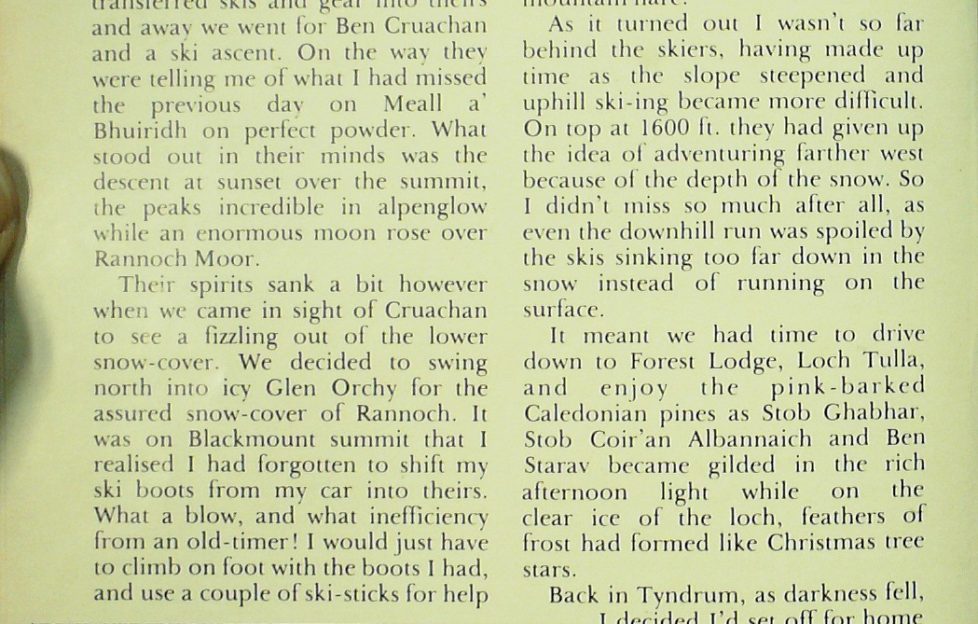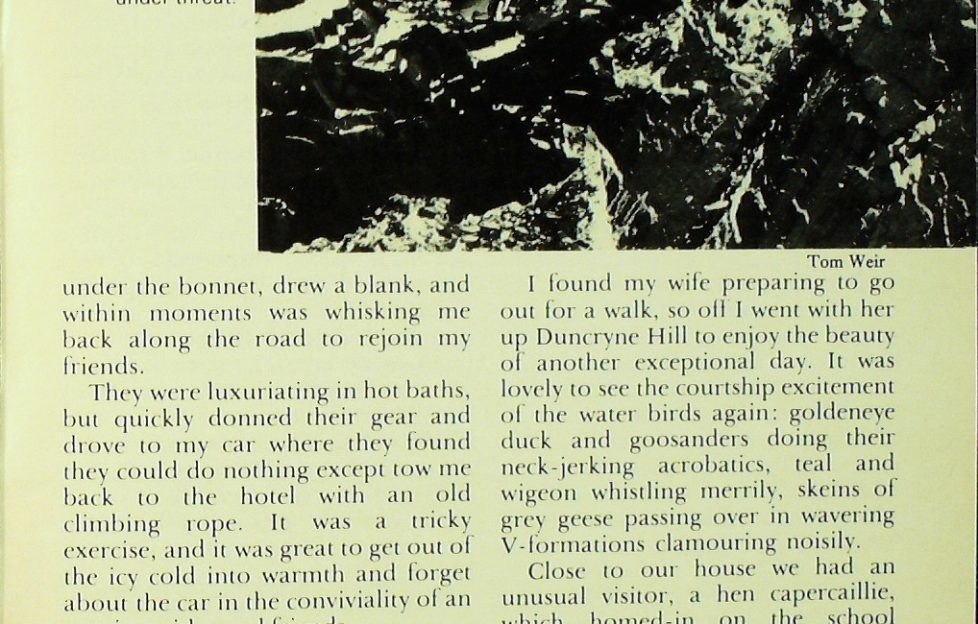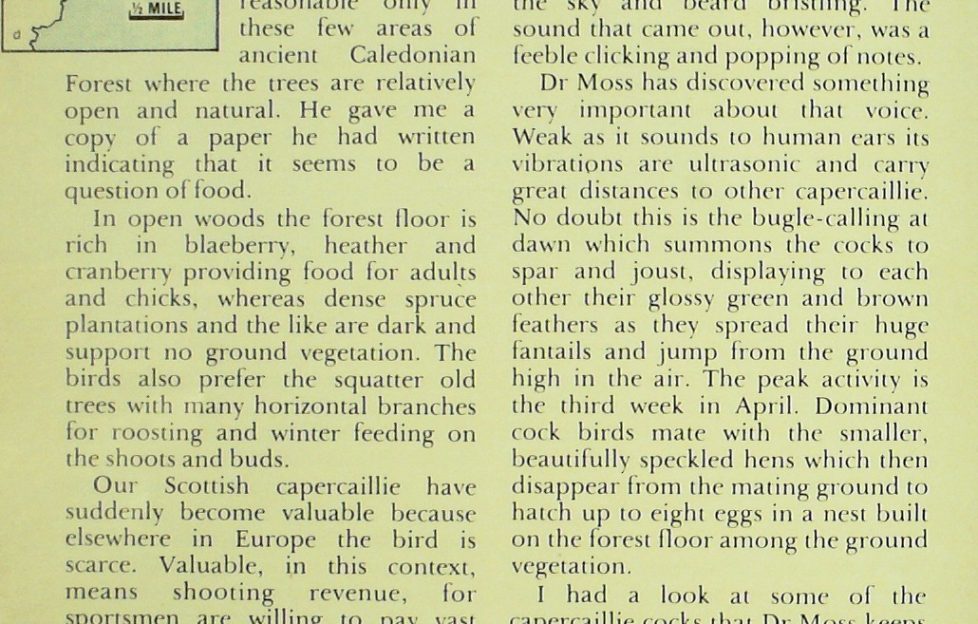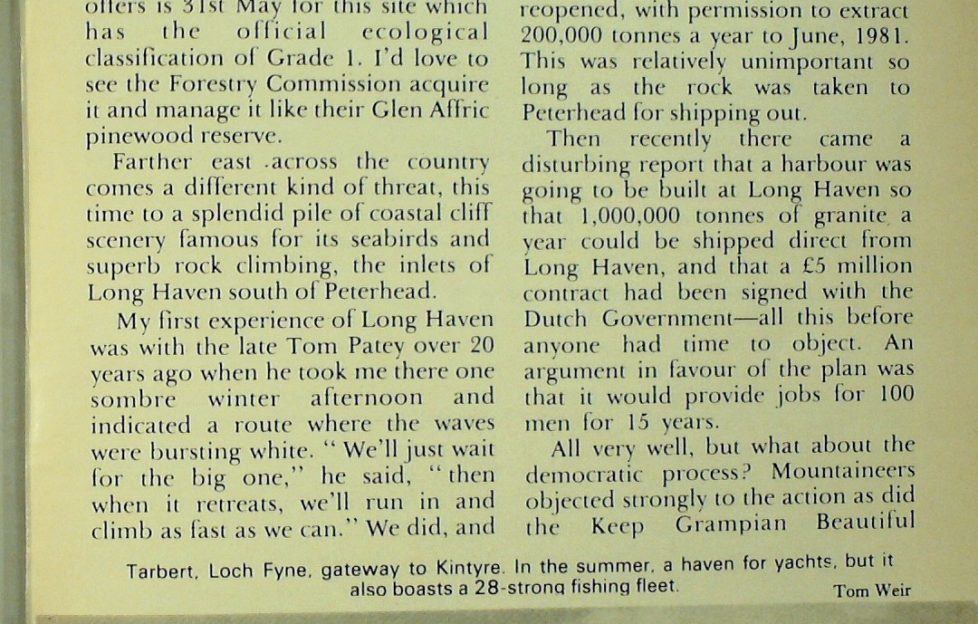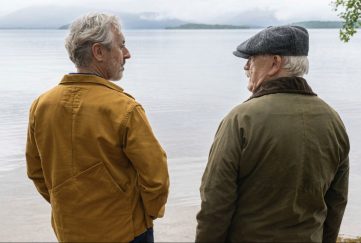Tom Weir | Countrywide (II)
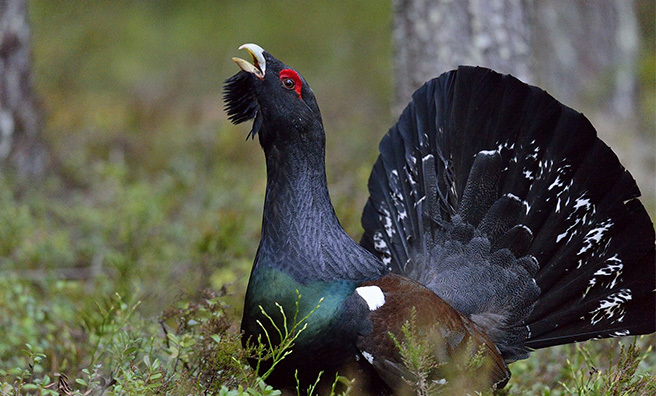
An invasion of capercaillie causes excitement in Glen Lyon, but threats to Abernethy Forest worry Tom Weir
Close to our house we had an unusual visitor, a hen capcrcaillie, which homed-in on the school football field, perched on the school roof then investigated all around to the delight of the children who were allowed oui ol class to watch it feed unconcernedly.
Then came a phone call from a villager telling me of a cock capercaillie in his garden. You can’t mistake this biggest of the grouse family, which seems to be getting commoner because ol the spread ol forestry plantations.
However, I had a chat with a scientist, Dr Robert Moss, who makes a special study of the breeding biology of this turkey-sized bird, and he told me that all was not as it seems with the capercaillie.
Undoubtedly the bird is increasing its range, but his findings indicate that its breeding success is likely to be reasonable only in these few areas ol ancient Caledonian Forest where the trees are relatively open and natural.
He gave me a copy of a paper he had written indicating that it seems to be a question of food.
In open woods the forest floor is rich in blaeberry, heather and cranberry providing food for adults and chicks, whereas dense spruce plantations and the like are dark and support no ground vegetation.
The birds also prefer the squatter old trees with many horizontal branches for roosting and winter feeding on the shoots and buds.
Grouse Shooting
Our Scottish capercaillie have suddenly become valuable because elsewhere in Europe the bird is scarce. Valuable, in this context, means shooting revenue, for sportsmen are willing to pay vast sums to kill them in Scotland, using beaters to drive them to the guns.
Despite its bulk, the caper is a hard target, by reason of its acrobatic ability to twist and turn through the trees. Dr Moss advocates that no capercaillie wood should be driven more than once in a season if we are to conserve the birds.
We banished our own native stock of these great and unpalatable-birds in the mid-18th century. None were being reported, due mainly to the destruction of the pine woods following the 1715 Rising.
Then in 1837 Swedish capercaillie were released around Loch Tay. Other reintroduclions took place, but I like to think that when Jocky the wild capercaillie of Glen Lyon drove me from his territorial knoll, he was asserting an ancient right.
An Ultrasonic Call
I wrote about Jocky and this event when it occurred, and of how he leapt from ground level on to a fallen tree trunk and crowed out a victory song, hooked yellow bill pointed to the sky and beard bristling.
The sound that came out, however, was a feeble clicking and popping of notes.
Dr Moss has discovered something very important about that voice. Weak as it sounds to human ears its vibrations are ultrasonic and carry great distances to other capercaillie.
No doubt this is the bugle-calling at dawn which summons the cocks to spat and joust, displaying to each other their glossy green and brown feathers as they spread their huge faniails and jump from the ground high in the air.
The peak activity is the third week in April. Dominant cock birds mate with the smaller, beautifully speckled hens which then disappear from the mating ground to hatch up to eight eggs in a nest built on the forest floor among the ground vegetation.
I had a look at some of the capercaillie cocks that Dr Moss keeps in large cages, and right now they are so aggressive that it is dangerous to go in beside them.
Habitat Under Threat
Which brings me to one of the richest study areas, Abernethy Forest on Speyside—a superb unity of mature open forest near Loch Garten which has been put up for sale on the open market, to the horror of the Badenoch and Strathspey Conservation Group. Victor Russell, their Convener, fears that it will be sold for commercial forestry.
The Group believes that such a wonderful natural wood, rich in wildlife, should be acquired for the nation. I agree with them, especially since this is a regenerating forest and not dead and dying like so many old woods.
How can you take action? The Group are asking people who care about it to write to their M.P.’s, to the Secretary of State for Scotland, to the Countryside Commission for Scotland, and even to the Earl of Scalield, Old Cullen, Banffshire, asking him to withdraw the property from the market.
Closing date for oilers is 31st May for this site which has the official ecological classification ol Grade 1.
I’d love to see the Forestry Commission acquire it and manage it like their Glen Affric pinewood reserve.
2016 Update:
It is with great pleasure that we add a footnote to this article of Tom’s from 1980 to say that since its publication the Abernethy Forest has been designated as a National Nature Reserve, and is managed largely by the RSPB and Scottish Natural Heritage. You can read about their ongoing conservation of this area of Ancient Caledonian Forest on the NNR Scotland website.
Catch Part 3 of Tom Weir’s Countrywide column next Friday.
More…
Read more from Tom!
We have an extensive archive of Tom Weir’s great columns for The Scots Magazine, and we’re slowly but surely getting them published digitally for new generations to enjoy.
To see the columns we have online so far, click here.


